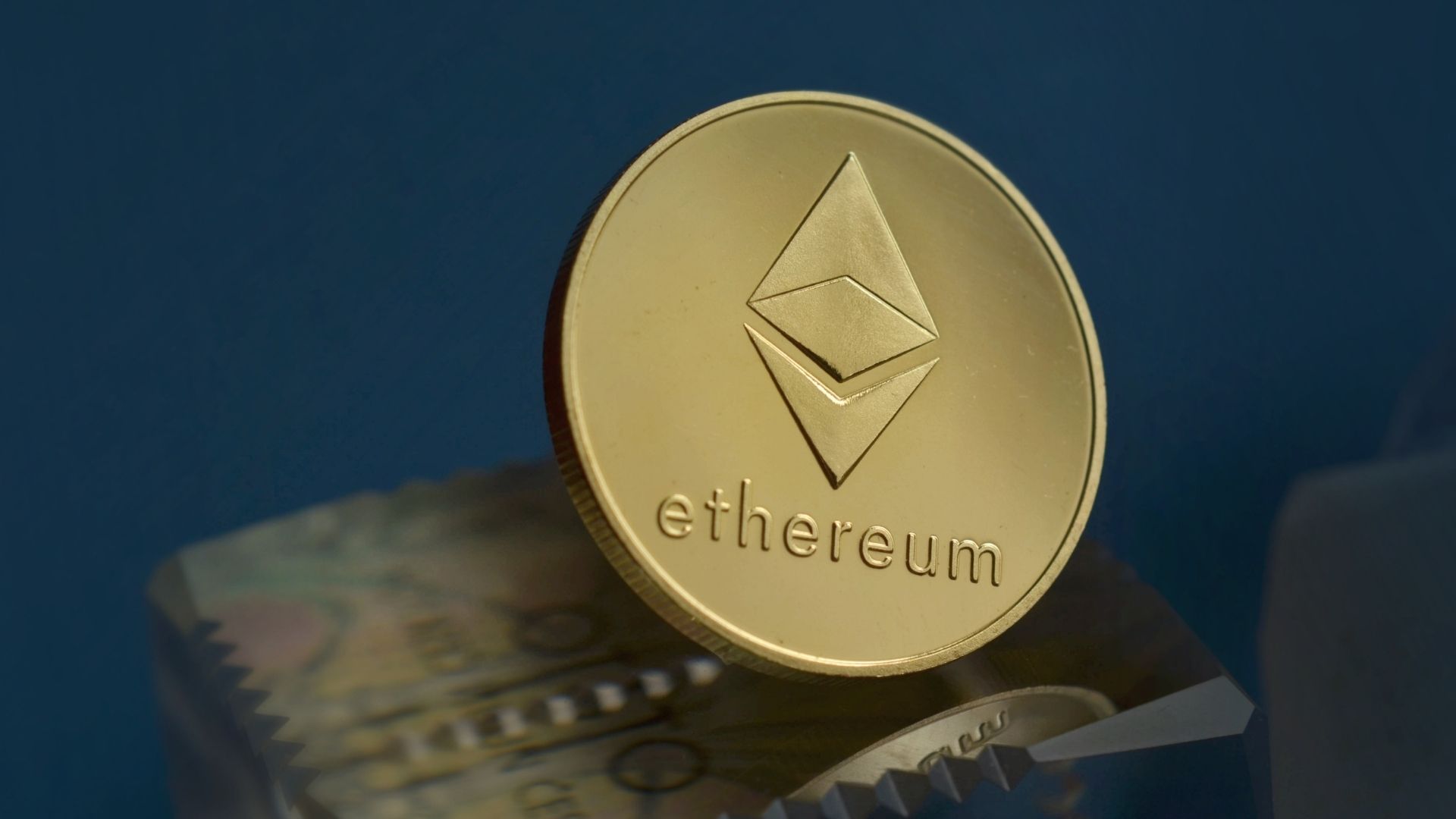The Ethereum blockchain is a decentralized public blockchain-based technology, meaning that it is a system for transmitting information without a central controlling entity. Unlike Bitcoin, Ethereum’s goal is to offer a decentralized computing platform and not just a digital currency.
Ethereum provides the ability to create smart contracts which are pieces of code that can be stored and executed by the Ethereum Virtual Machine (EVM). The EVM was designed to allow people to do things like create tokens that can represent anything from gold to loyalty points.
A recent use case of an Ethereum smart contract was in the creation of the ERC20 token standard. This allowed developers to make their own tokens which could be traded on exchanges and other easy-to-access places. It also allowed them to avoid legal issues with regards to securities law since their trading algorithm was not considered a “natural person” under the law.
Table of Contents
Introduction: What is Ethereum?
Ethereum is a cryptocurrency and a blockchain platform that enables developers to build and deploy decentralized applications.
The Ethereum Virtual Machine (EVM) is the runtime environment for smart contracts in Ethereum. It runs the same code as its blockchain counterpart, thus allowing developers to easily test and deploy their smart contract code on the blockchain. The EVM is often described as “something which connects, or bridges, two different things”- connecting users of the Ethereum network with the underlying Ethereum protocol.
Why you might want to use the Ethereum Network?
The Ethereum Network is a decentralized platform that runs smart contracts. Smart contracts are scripts of code that can hold funds, store information, and perform various functions. In short, they are typically the building blocks of decentralized applications (DApps) that run on the Ethereum Network.
In order to use the network for smart contract development or transactions, you have to pay a certain amount in Ethers. However, if you want to set up its node with a blockchain explorer and transaction archives so you can develop DApps more efficiently for your company or organizations, then you have to pay a larger amount of Ethers in order to get the privilege.
The Ethereum Network is mainly used for purposes of developing decentralized applications (DApps). One reason why people might want to use it is because it runs on a peer-to-peer network and doesn’t require a centralized server.
What is a Decentralized Application and How Does it Work on the Ethereum Network?
Decentralized applications, also known as DApps, are a new form of application that is built for the blockchain. Unlike traditional applications that require a centralized platform to allocate all resources and data, DApps use a decentralized network which is composed of individual blocks and nodes. The blockchain’s consensus protocol allows for complete data integrity without a central point of failure.
Ethereum and Smart Contracts
A smart contract is an agreement that can be encoded into its own execution. In other words, a smart contract is a computer program that lives on the Ethereum blockchain and can be executed by any computer from any location without confirmation from a third party.
Smart contracts allow the performance of credible transactions without the need for third-party authorization; on the other hand, they also eliminate fraud and reduce cost on transactional fees.
How can an Ethereum Wallet be Used?
In the cryptocurrency world, a “wallet” is a program that allows users to store and send their digital currencies. Ether wallet is one of the most popular wallets for Ethereum. It enables people to control their money, while still enjoying some of the anonymity features that Bitcoin provides. Ether wallet also provides easy-to-use tools for users to interact with smart contracts, a key feature of Ethereum.
An Ethereum wallet can be used to send and receive Ether, store ETH, monitor gas usage for an account, organize ETH tokens in different wallets, create blockchain transactions for smart contracts or cryptocurrency exchanges, etc.
Conclusion
The Ethereum Blockchain is a decentralized platform that allows people to build and use decentralized applications, which are not controlled by any person, company, or government.
To dive into the Ethereum Blockchain technology yourself, you need to get a hold of your own Ethereum wallet and some Ether (ETH).
Also Read: What Is Blockchain Technology And How Does It Work?
Disclaimer: The information provided in this article is for informational purposes only and should not be construed as financial or investment advice. Cryptocurrency investments are subject to market risks, and individuals should seek professional advice before making any investment decisions.


Comments are closed.